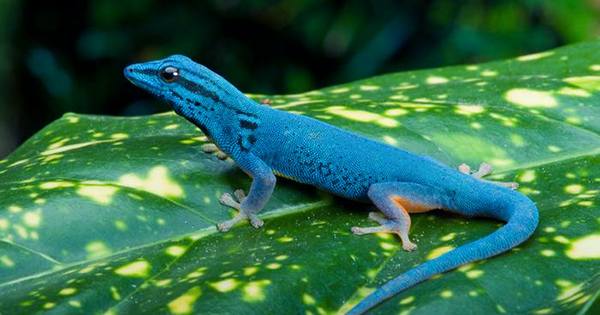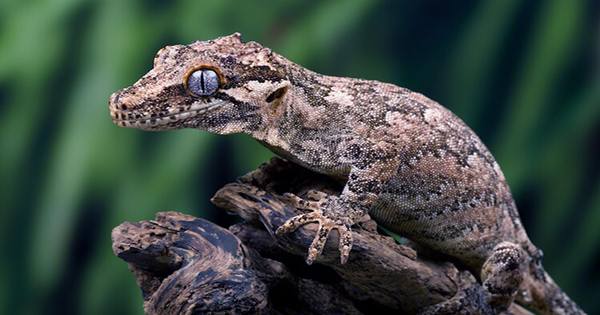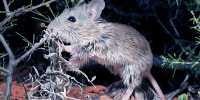Cat thieves have been named for stealing and stealing strategies, the building has been scaled and the windows are crawled to gain access to what is inside. A more effective creature to imitate when trying to snatch people like this is a gecko, whose famous sticky foot pads imply they can literally climb walls or even glass. And you idiots were so busy centering on bank robberies … What is less known about these professional thieves is that they also have sticky tails. The feature was first described a century ago but so far there has been very little in the way of research about their function.
A new study published in the Proceedings of the Royal Society B Journal has finally decided to find out the skill of adhesive gecko tails, a feature shared by 21 species in the genre. They looked specifically at Cerilofas ciliatus, also known as Cresto gecko, to investigate its abilities and look at embryo information to test how they evolved and how they were made to do the same thing as sticky to pads. Their investigation revealed that the crested gecko’s tail was a great impressive piece of the kit, demonstrating what the study authors described as “impressive adhesive ability”.

From their observations and calculations they estimate that the tail pad crest may be able to hold Gecko’s total body mass five times. Fetal data support the notion that the tail pad is indeed very similar to the foot pads, as it has been observed that during the embryo development the adhesive adhesive of the tail develops at about the same time as the toe, a fancy term for embryo formation. “The adhesive tail pad of C. syletas is highly effective with the adhesive capacity equal to that of the entire Anolis Manus,” the study authors wrote.
An “Anolis Manus” is basically the hand of an annulus, a genus of Iguanian lizards that also has sticky fingers and was recently found breathing underwater thanks to a snoot bubble. They identified the first known vertebrae to display incredible restorative behavior which meant they could hide underwater for more than 18 minutes. Unfortunately for the sticky-tailed crest gecko, its talented addition is not without flaws. The authors write, “Conversely, highly functional C. sylvestris tails do not reproduce, unlike almost all other zeko species that automate their tails, including their close C. syracinoma.”













